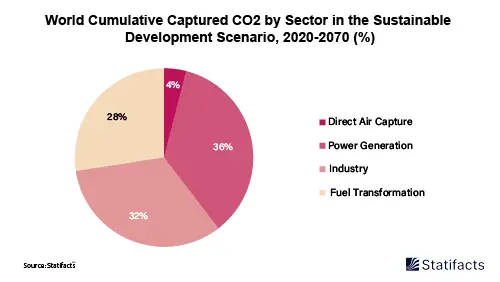
12 June 2025
Carbon capture technologies are essential for cutting industrial carbon emissions. Globally, capacity is expected to reach 1.2 billion tonnes per year by 2035, reshaping energy infrastructure. In India, the government has launched its first national initiative, setting up five carbon capture and utilization (CCU) testbeds in the cement sector. These will demonstrate how CO₂ can be captured and converted into useful products like fuels, urea, chemicals, and concrete materials. This project, led by the Ministry of Science & Technology and supported through public-private partnerships, targets heavy-emission industries such as cement, steel, and power. It aligns with India’s Paris Agreement commitments and its ambitious 2070 net-zero emissions goal.


There are many variations of passages of Lorem Ipsum available, but the majority have suffered alteration in some form
URL TO BE USED AS REFERENCE LINK:
Placeholder content for this accordion, which is intended to demonstrate the .accordion-flush class. This is the first item's
accordion body.
Placeholder content for this accordion, which is intended to demonstrate the .accordion-flush class. This is the second item's
accordion body. Let's imagine this being filled with some actual content.
Placeholder content for this accordion, which is intended to demonstrate the .accordion-flush class. This is the third
item's accordion body. Nothing more exciting happening here in terms of content, but just filling up the space to make it look, at least at
first glance, a bit more representative of how this would look in a real-world application.
Do you still any question?
Feel free to contact us anytime using our contact form or visit our FAQ page.
Your contact to the Infographics Newsroom
